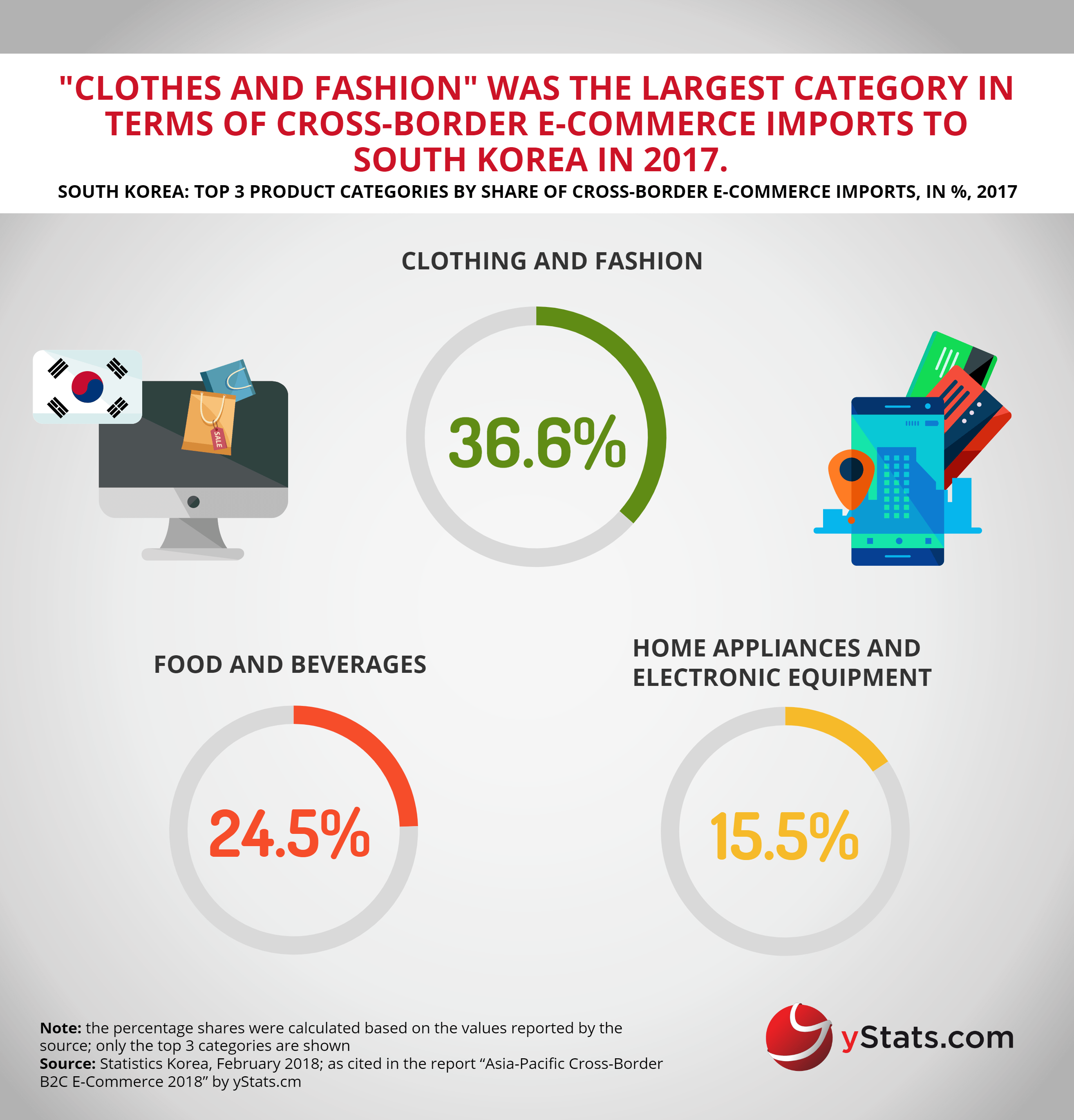According to the findings of the new report released by Germany-based secondary market research company yStats.com, “Asia-Pacific Cross-Border B2C E-Commerce 2018,” more than 50% of digital buyers in this region make purchases from foreign online sellers. The report summarizes market data on E-Commerce imports in the top 10 countries in the Asia-Pacific region and compares them to global patterns in cross-border online shopping.
Hong Kong and Singapore lead the cross-border online shopping trend in Asia-Pacific
More than 50% of online shoppers in Asia made cross-border purchases, according to a recent survey cited by yStats.com. The top two markets by cross-border digital buyer penetration in this region are Hong Kong and Singapore. The tendency to buy from foreign online sellers also prevails in Australia and New Zealand, where a double-digit share of digital spending is cross-border. Japan is a laggard in the cross-border online shopping trend, with over nine in ten digital consumers buying online only domestically.
Clothing is the main product category purchased cross-border
The top three destinations of cross-border online shoppers in Asia-Pacific are China, the USA and Japan. In their turn, Chinese online shoppers give preference to cross-border shopping platforms hosted by local providers, such as Tmall Global, Kaola and JD Global. The yStats.com report also reveals that clothes and accessories was the most demanded product category in Asia-Pacific’s cross-border E-Commerce. In South Korea, this sector accounted for more than one-third of E-Commerce purchases from foreign sellers.

Mobile tops desktop in cross-border online buying in China and India
A distinguishing characteristic of cross-border online shoppers in Asia-Pacific is the high level of mobile usage. Digital buyers in China and India were more likely to place orders on foreign websites through smartphones and tablets than through a desktop computer, according to a 2018 survey cited in the yStats.com report.


